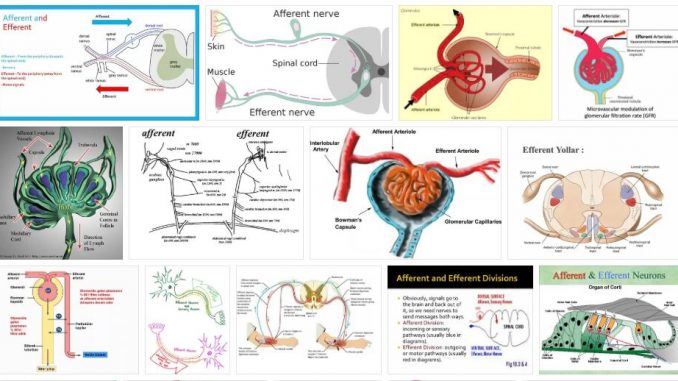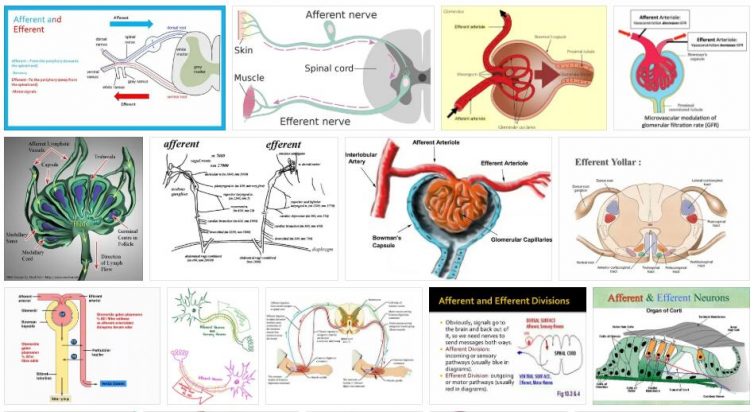
The adjective afferent has its etymological origin in the Latin word affĕrens. In the broadest sense, this qualifier applies to what carries or carries something.
The notion is usually used in the field of biology and anatomy. An afferent is a formation whose function is to transmit substances or energy from one sector of the body to another more relevant in this context. By extension, substances or stimuli that are transmitted in this way are called afferent.
The afferent neurons, in this framework, are responsible for the transport of nerve impulses from the receptor organs to the central nervous system (CNS); the reverse process is developed by efferent neurons, which carry nerve impulses out of the CNS. These neurons have a single dendrite, of great extension, and a short axon; its body has a rounded appearance and a smooth texture.
An afferent neuron, therefore, transfers the impulse to the CNS from the sectors that are located around it. A distinction can be made between visceral afferent neurons (which are responsible for stimuli from the viscera) and somatic afferent neurons (related to pain, temperature, etc.).
In this context, we can say that human beings perceive the world around us through the physiological mechanisms that take place when we process afferent information; some of the key points are the conversion into encoded nerve activity from the energy coming from the stimulus, thanks to which we access data such as the location, intensity, duration and quality of the stimulus in question.
The coding of the action potentials gives rise to various temporal patterns, by means of various nerve fibers. This code is the representation of the data that comes from the outside world and, as it often happens when interpreting a symbol, it can differ considerably from the elements it represents.
Sometimes it happens that the encoded afferent information is incorporated into the conscious knowledge of the material environment, that is, that it has a conscious correlate. This type of information is known as sensory, while the experience of events and objects in the world around us that occurs consciously and enters through nervous processing is called perception.
The body of the afferent neuron is found in small ganglia located on either side of the spinal column. It is divided into two parts: the peripheral fiber, which extends to a sensitive end and is the largest; that which penetrates the spinal cord through the dorsal root.
In the nervous system there are three phenomena that are related to each other in a kind of circle: sensation, decision and reaction. It is a process that takes place through the action of afferent neurons, efferent neurons and interneurons. A very common example may be contact with a candle flame, which is followed by a sensation of pain, after the information has been brought to the brain by the afferent neurons, a reaction to pain and a decision with regarding how we will relate to fire in the future.
The afferent system, also known as the sensory system, is dedicated to the processing of sensory data. The five senses are part of the afferent system, which allows receiving the stimulus and then transmitting it and enabling the necessary response in each case, according to the characteristics of the stimulus in question.
It is known as afferent arterioles, finally, the blood vessels supplying the nephrons (the most important functional units of the kidneys). These vessels help regulate blood pressure.
